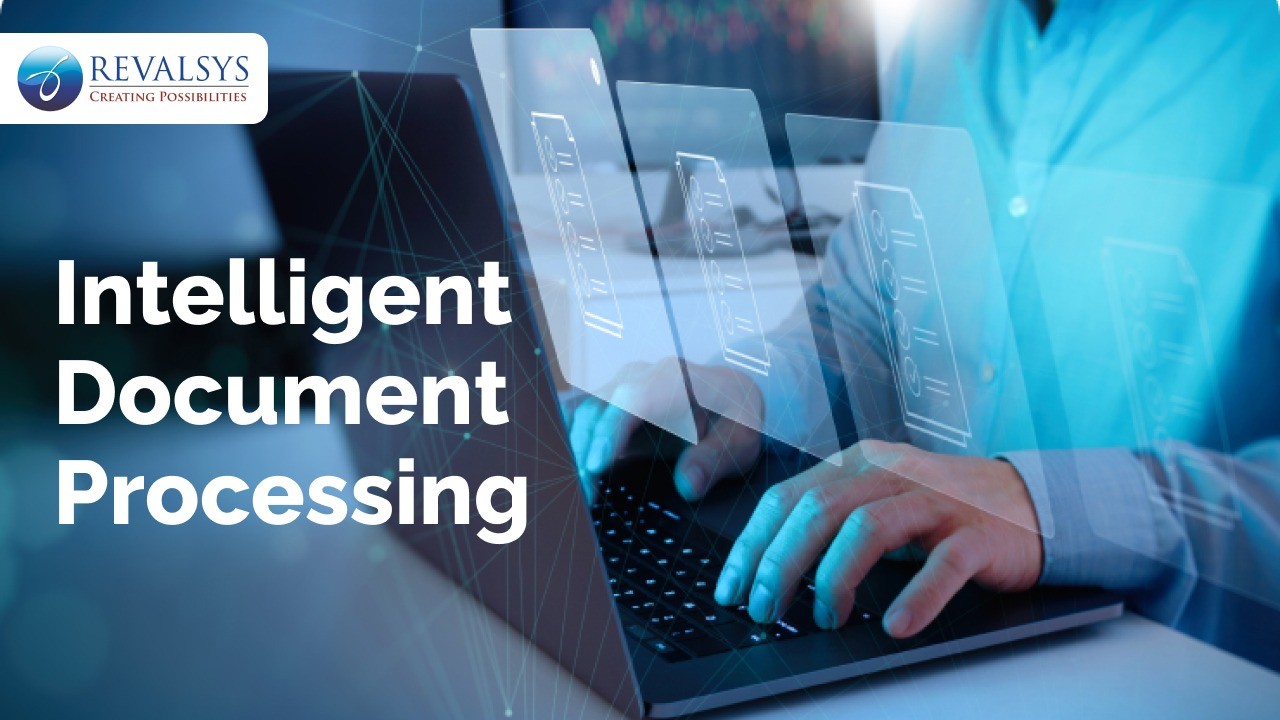
How to extract data from scanned documents and images?
Understanding the Challenges of Scanned Document Data Extraction
We all faced it—extracting data from scanned documents isn’t always smooth sailing. Have you ever tried working with a poorly scanned document where the text is blurry or parts are missing? It’s frustrating, right? This happens often, and the quality of the scan can depend on several factors, like the type of scanner used or even the condition of the original document. Poor scans lead to errors, and those errors create extra work just to clean up the data.
But that’s not all—scanned documents are rarely just plain text. They might include tables, images, or even handwritten notes, which can easily confuse basic extraction tools. What we really need are advanced solutions that can handle all this mixed content without breaking a sweat.
Thankfully, there's a solution called Intelligent Document Processing (IDP) that steps in to bridge this gap, using advanced technology to extract and organize data more effectively. In this blog, we will deeply discover the benefits of AI-based Intelligent Document Processing solutions that can handle all this mixed content without breaking a sweat.
What is Intelligent Document Processing solutions?
Empower your business with AI-powered document processing – fast, intelligent, and reliable.
From an Intelligent Document Processing (IDP) point of view, data extraction refers to the automated process of identifying and pulling out relevant data from structured, semi-structured, or unstructured documents. Unlike traditional methods that rely on manual effort or basic Optical Character Recognition (OCR), IDP combines advanced technologies like AI, machine learning, natural language processing (NLP), and computer vision to intelligently understand and process the content.?
Here’s how data extraction works in the context of IDP:
1. Document Understanding
IDP systems can "read" and interpret a wide variety of documents, including invoices, contracts, reports, and forms, by recognizing different formats, languages, and layouts. It uses NLP to understand the meaning behind the text and identifies the key data points.
2. Advanced OCR
IDP uses OCR, but with enhancements powered by machine learning. The OCR not only converts scanned images into text but also learns from the document's structure, such as tables, columns, and form fields, to extract data more accurately.
3. Contextual Data Extraction
IDP goes beyond just extracting text—it understands the context. For instance, if it's processing an invoice, it knows where to look for key details like invoice numbers, due dates, and amounts. It also validates the extracted data, making sure it's correct based on predefined rules.
4. Handling Complex Layouts
Documents often come with mixed content like images, signatures, handwritten notes, or tables. IDP can intelligently distinguish between these elements and extract the required data while ignoring irrelevant parts.
5. Learning and Adapting
With machine learning capabilities, IDP improves over time. It continuously learns from new document types and formats, making it adaptable to various industries and document complexities without needing constant human intervention.
6. Workflow Automation
Once data is extracted, IDP integrates with other systems to trigger actions, such as filling forms, sending emails, or updating records in a database. This makes the entire document processing cycle more efficient and automated.
领英推荐
?Benefits:
?
Essential Tools for Easy Data Extraction from Scanned Documents
?
How AI and Machine Learning Improve Data Extraction
Adding AI and machine learning to data extraction has transformed the way we handle scanned documents. Tools like Optical Character Recognition (OCR), IDP combines advanced technologies like AI, machine learning, natural language processing (NLP), and computer vision solutions become smarter by learning from large sets of documents. This allows them to better recognize complex layouts, different fonts, and even various languages.
AI can also automate the process of sorting and pulling out the most important information, making it faster for businesses to get the data they need without manual effort. This not only boosts efficiency but also reduces the chances of human error.
Here is a benefit of using AI in document processing.
?
How RevalDoc AI Simplifies and Structures Data Extraction from Scanned Documents
RevalDoc AI from Revalsys is an advanced data extraction solution designed to simplify the process of converting unstructured scanned documents into structured, usable data. Powered by AI and machine learning, it offers intelligent automation, ensuring high accuracy and efficiency in handling complex documents.
Here are points on how RevalDoc AI solves the complexity of extracting data from scanned documents and makes it structured:
?
Conclusion
In conclusion, automating data extraction from scanned documents with the help of AI and machine learning significantly reduces complexity and improves efficiency. These technologies not only enhance accuracy but also adapt to new formats and handle complex layouts effortlessly. By turning unstructured data into organized, structured information, businesses can streamline operations, reduce manual errors, and make better-informed decisions faster. This leads to greater productivity and better use of resources, allowing organizations to focus on more strategic goals.